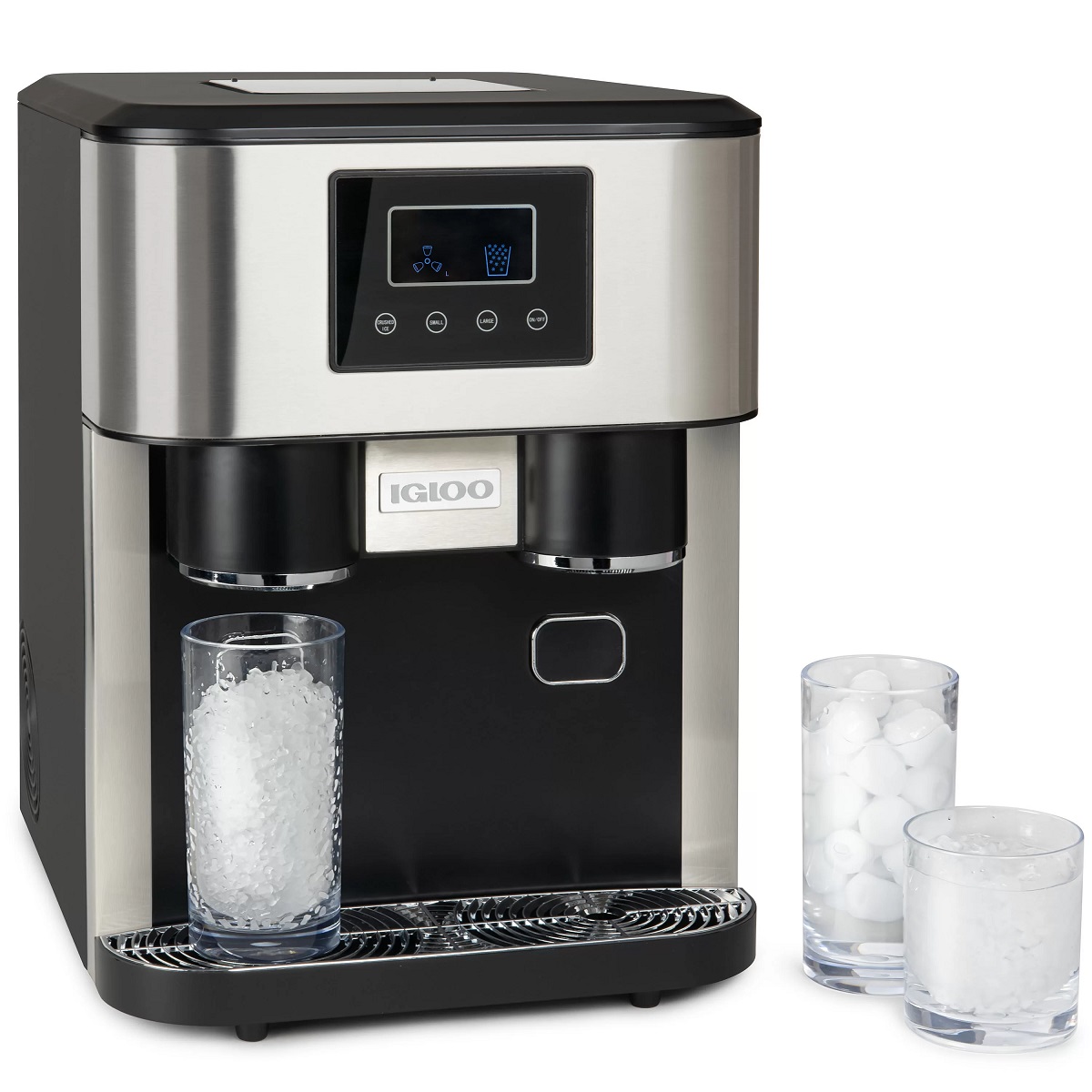

Articles
Why Is My Ice Maker Only Making Crushed Ice
Modified: August 20, 2024
Discover why your ice maker is only producing crushed ice with our informative articles.
(Many of the links in this article redirect to a specific reviewed product. Your purchase of these products through affiliate links helps to generate commission for Storables.com, at no extra cost. Learn more)
Introduction
Having an ice maker in your refrigerator can be a convenient way to always have ice on hand for cold drinks or to keep your food fresh. However, if your ice maker is only producing crushed ice instead of the desired ice cubes, it can be frustrating and inconvenient. You may find yourself wondering why this is happening and what you can do to fix it.
In this article, we will explore the common causes behind ice makers only producing crushed ice. Understanding these reasons can help you identify the problem and potentially resolve it on your own or seek professional assistance if needed.
It is important to note that different refrigerator models may have specific features and components that can affect how the ice maker operates. Therefore, it is always advisable to consult the manufacturer’s manual or seek professional help for specific troubleshooting steps related to your refrigerator model.
Key Takeaways:
- Check the ice crusher setting, clear the ice chute, and inspect components like the dispenser motor and control module to troubleshoot and resolve the issue of your ice maker only producing crushed ice.
- Regular maintenance, including cleaning and inspecting the ice maker, can prevent common issues and ensure the smooth operation of your ice maker, providing you with solid ice cubes for your beverages and food preservation.
Read more: Why Is My Ice Maker Not Making
Common Causes of Ice Makers Making Only Crushed Ice
If your ice maker is only producing crushed ice, there could be several potential causes. Let’s explore some of the most common reasons below:
- Ice Crusher Setting: One of the first things to check is the ice crusher setting on your refrigerator. Some models have a separate setting for crushed ice and ice cubes. Make sure the setting is adjusted correctly to produce ice cubes instead of crushed ice.
- Jammed Ice Chute: The ice chute, through which the ice is dispensed from the ice maker, can become clogged or jammed. Check for any obstructions, such as ice chunks or foreign objects, that may be preventing the ice cubes from passing through the chute. Clearing the chute and ensuring its smooth operation can help resolve the issue.
- Faulty Ice Dispenser Motor: If the ice dispenser motor in your refrigerator is malfunctioning, it may only crush the ice instead of dispensing it as whole cubes. A faulty motor can prevent the ice cubes from being properly ejected from the ice maker. In such cases, it may be necessary to replace the motor to restore normal ice production.
- Defective Ice Maker Control Module: The control module is responsible for regulating various functions of the ice maker, including the production of ice cubes. If it becomes faulty, it may disrupt the ice making process and cause only crushed ice to be produced. Replacing the control module may be necessary to resolve the issue.
- Problem with Ice Maker Solenoid: The ice maker solenoid controls the flow of water into the ice maker. If there is a malfunction, it can result in inconsistent water flow, leading to crushed ice instead of ice cubes. Check the solenoid for any signs of damage or malfunction, and replace it if necessary.
- Faulty Ice Maker Bin Thermostat: The ice maker bin thermostat monitors the temperature inside the ice bin and signals the ice maker to stop producing ice once it reaches a certain level. A defective thermostat can cause the ice maker to continue crushing the ice instead of stopping the production. Replacing the thermostat may be required to fix this issue.
- Clogged Water Filter: If your refrigerator has a water filter, it is essential to ensure it is clean and not clogged. A clogged filter can restrict water flow, affecting the ice maker’s performance and resulting in crushed ice. Replace the water filter if necessary and regularly clean or replace it according to the manufacturer’s instructions.
- Issues with Water Inlet Valve: The water inlet valve controls the flow of water into the ice maker. If it is faulty or not functioning properly, it can affect the ice maker’s ability to produce ice cubes. Inspect the valve for any signs of damage or blockage and replace it if needed.
- Low Water Pressure: Insufficient water pressure can impact the ice maker’s ability to produce solid ice cubes. Check the water supply line for any kinks or blockages that may be reducing the water pressure. Additionally, make sure the shut-off valve supplying water to the refrigerator is fully open.
- Problems with Ice Maker Sensor: Some refrigerators are equipped with sensors that detect the presence of ice to regulate the ice making process. If the sensor is malfunctioning or dirty, it may incorrectly detect the ice level, leading to crushed ice production. Clean or replace the sensor to rectify the problem.
These are some of the common causes behind ice makers only producing crushed ice. By identifying the specific issue affecting your ice maker, you can take appropriate steps to troubleshoot and resolve the problem effectively.
Ice Crusher Setting
One of the first things to check when your ice maker is only producing crushed ice is the ice crusher setting on your refrigerator. Many models have a separate setting that allows you to choose between crushed ice and ice cubes. If this setting is not adjusted correctly, it can result in your ice maker consistently producing crushed ice.
To check the ice crusher setting, refer to your refrigerator’s manual for specific instructions. Typically, you can access the setting through the control panel on the front of the refrigerator or inside the freezer. Look for a button or dial that allows you to choose between crushed ice, ice cubes, or a combination of both.
Adjust the setting to the desired option, which in this case should be ice cubes. Usually, turning the setting to the left or selecting the cube-shaped icon on the control panel will ensure that the ice maker produces solid ice cubes instead of crushed ice.
After adjusting the ice crusher setting, give your ice maker some time to adjust and begin producing the desired ice cubes. It is important to note that the ice maker may take some time to switch from producing crushed ice to producing ice cubes based on the adjusted setting.
If adjusting the ice crusher setting does not resolve the issue, it is recommended to explore other potential causes mentioned in this article or consult a professional technician for further assistance.
Jammed Ice Chute
If your ice maker is only producing crushed ice, a possible cause could be a jammed ice chute. The ice chute is the passage through which the ice is dispensed from the ice maker into your glass or container. Over time, ice chunks or foreign objects may obstruct the chute, preventing the ice cubes from passing through and resulting in crushed ice.
To check if the ice chute is jammed, safely remove the ice bin or dispenser tray from your refrigerator. Inspect the chute for any visible obstructions, such as ice build-up, frozen residue, or foreign objects like small utensils or pieces of packaging. Carefully remove any blockages using a utensil or by hand, taking care not to damage the chute or the ice maker components.
Once the chute is clear, replace the ice bin or dispenser tray back into the refrigerator and observe if the ice maker begins producing solid ice cubes. Give it some time to cycle and dispense ice cubes through the chute.
If clearing the ice chute does not resolve the issue, there may be other underlying problems causing your ice maker to produce only crushed ice. Consider exploring the other potential causes mentioned in this article or seeking professional assistance to diagnose and fix the problem.
Regularly cleaning the ice chute and ensuring it remains clear of obstructions can help prevent future issues with crushed ice production. It is recommended to follow the manufacturer’s guidelines for cleaning and maintenance of your refrigerator’s ice maker to keep it functioning optimally.
Faulty Ice Dispenser Motor
If your ice maker is only producing crushed ice, a potential culprit could be a faulty ice dispenser motor. The ice dispenser motor is responsible for dispensing the ice cubes from the ice maker into your glass or container. If this motor is malfunctioning or not working properly, it may crush the ice instead of dispensing it as whole cubes.
To check if the ice dispenser motor is the issue, start by removing the ice bin or dispenser tray from your refrigerator. Look for the motor assembly near the bottom of the ice compartment. Inspect the motor for any signs of damage or wear, such as broken parts or loose connections.
If you notice any visible issues with the motor, it may need to be replaced. Consider consulting the manufacturer’s manual or reaching out to a professional technician for assistance with motor replacement. If the motor appears to be in good condition, it is still worth checking for any loose or disconnected wires and ensuring they are securely connected.
In some cases, the ice dispenser motor may not be easily accessible or serviceable by the user. If this is the situation, it is recommended to contact a professional technician to diagnose and fix the motor issue.
Replacing or repairing the ice dispenser motor can help restore the proper functionality of your ice maker and ensure it dispenses solid ice cubes instead of crushed ice.
Regular maintenance, including cleaning and inspecting the ice dispenser motor, can help prevent motor issues and ensure the smooth operation of your ice maker. Additionally, following the manufacturer’s guidelines for cleaning and maintenance is essential to keep your ice maker in optimal condition.
Read more: Why Is My Ice Maker Making Clumps Of Ice
Defective Ice Maker Control Module
If your ice maker is only producing crushed ice, a potential cause could be a defective ice maker control module. The control module is responsible for regulating various functions of the ice maker, including the production and dispensing of ice cubes.
To determine if the control module is the issue, consult your refrigerator’s manual for the location of the module. In most cases, it is located near the ice maker itself or in the control panel of the fridge. Inspect the control module for any visible signs of damage or malfunction.
If you notice any physical damage or signs of a malfunctioning control module, it is likely necessary to replace the module. Contact the manufacturer or a professional technician to obtain a replacement module compatible with your specific refrigerator model.
Before replacing the control module, it is a good idea to perform a reset of the ice maker. This can be done by disconnecting the refrigerator from its power source for a few minutes and then plugging it back in. This reset may help to rectify any temporary issues with the control module and restore the ice maker’s proper functioning.
If a reset does not resolve the issue and the control module appears to be functioning normally, the problem might lie elsewhere. It is advisable to check for other possible causes mentioned in this article or seek the assistance of a professional technician for a thorough diagnosis.
Regular maintenance and cleaning of the ice maker, as recommended by the manufacturer, can help prevent control module issues and ensure the smooth operation of your ice maker in the long run.
Problem with Ice Maker Solenoid
If your ice maker is only producing crushed ice, a potential culprit could be a problem with the ice maker solenoid. The solenoid is responsible for controlling the flow of water into the ice maker, which affects the ice formation process.
To determine if the solenoid is causing the issue, locate it in your refrigerator. The solenoid is typically located at the back of the fridge near the water inlet valve or near the ice maker itself. Inspect the solenoid for any visible signs of damage or malfunction, such as loose wires or physical damage.
If you notice any issues with the solenoid, it may need to be replaced. Contact the manufacturer or a professional technician to obtain a suitable replacement solenoid for your specific refrigerator model.
Before replacing the solenoid, it is worth checking for any loose or disconnected wires connected to it. Ensure that all electrical connections are secure and properly connected.
If the solenoid appears to be functioning properly and all connections are secure, the issue may lie elsewhere. It is advisable to explore other possible causes mentioned in this article or seek professional assistance for a thorough diagnosis.
Regular maintenance, such as cleaning and inspecting the solenoid, can help prevent solenoid issues and ensure the proper functioning of your ice maker. Additionally, following the manufacturer’s guidelines for cleaning and maintenance is essential for optimal performance and longevity of your refrigerator’s ice maker.
Check the ice maker’s control settings to ensure it is not set to only produce crushed ice. Also, inspect the ice dispenser and crusher mechanism for any obstructions or damage that may be causing the issue.
Faulty Ice Maker Bin Thermostat
If your ice maker is only producing crushed ice, a possible cause could be a faulty ice maker bin thermostat. The bin thermostat is responsible for monitoring the temperature inside the ice bin and signaling the ice maker to stop producing ice once the bin is full.
To determine if the bin thermostat is the issue, locate it in your refrigerator. Typically, it can be found near the ice maker or inside the ice bin. Inspect the thermostat for any visible signs of damage or wear, such as corrosion or loose connections.
If you notice any issues with the bin thermostat, it may need to be replaced. Contact the manufacturer or a professional technician to obtain a suitable replacement thermostat specific to your refrigerator model.
Before replacing the bin thermostat, try resetting it by turning off the ice maker for a few minutes and then turning it back on. Resetting the thermostat may help resolve any temporary issues and allow the ice maker to produce solid ice cubes instead of crushed ice.
If resetting the thermostat does not solve the problem and the thermostat appears to be functioning correctly, it is recommended to explore other potential causes mentioned in this article or seek professional assistance for a thorough diagnosis.
Maintaining regular cleaning and proper maintenance of the ice bin and bin thermostat can help prevent issues with the thermostat and ensure the smooth operation of your ice maker. Follow the manufacturer’s instructions for cleaning and maintenance to keep your ice maker in optimal condition.
Clogged Water Filter
If your ice maker is only producing crushed ice, a potential cause could be a clogged water filter. Many refrigerators are equipped with a water filter to ensure clean and pure water for ice making and drinking.
A clogged water filter can restrict water flow, affecting the ice maker’s performance and resulting in crushed ice. Over time, mineral deposits, debris, or contaminants can accumulate in the filter, reducing its effectiveness and causing a decrease in water flow.
To check if the water filter is clogged, refer to your refrigerator’s manual for the location of the filter. Common locations include the grille at the bottom of the refrigerator, in the upper corner of the refrigerator compartment, or in the base of the refrigerator.
Once you locate the water filter, check for any signs of clogging, such as a slow water flow or a decrease in ice production. If the filter appears dirty or clogged, it is recommended to replace it with a new one. Consult the manufacturer’s instructions for the proper replacement filter and follow the installation steps.
After replacing the water filter, give your ice maker some time to adjust and begin producing ice cubes. It may take a few cycles for the new filter to flush out any air or residual particles.
Regularly replacing the water filter according to the manufacturer’s recommendations and ensuring it remains clean can help prevent clogging and maintain proper water flow for ice making. Additionally, following the manufacturer’s guidelines for cleaning and maintenance of the ice maker can contribute to its optimal performance.
If a clogged water filter is not the cause of the issue, consider exploring other potential causes mentioned in this article or seeking professional assistance for further diagnosis.
Read more: Why Is My Ice Maker Making Noise
Issues with Water Inlet Valve
If your ice maker is only producing crushed ice, it could be due to issues with the water inlet valve. The water inlet valve controls the flow of water into the ice maker, and any malfunction or blockage in the valve can affect the ice-making process.
To determine if the water inlet valve is the problem, locate it in your refrigerator. The valve is typically located at the back of the fridge near the water supply line. Inspect the valve for any visible signs of damage, such as cracks or leaks.
If you notice any issues with the water inlet valve, it may need to be replaced. Contact the manufacturer or a professional technician to obtain a suitable replacement valve specific to your refrigerator model.
Before replacing the water inlet valve, check the water supply line for any kinks or blockages that may be affecting the water flow. Straighten out any kinks and ensure that the water supply line is not clogged or obstructed.
In some cases, the water inlet valve might have a removable screen or filter. Check the screen for any debris, sediment, or mineral buildup. If the screen is dirty or clogged, carefully clean it or replace it, following the manufacturer’s instructions.
After addressing the water inlet valve or cleaning the screen, test the ice maker to see if it starts producing solid ice cubes. It may take a few cycles for the ice maker to receive enough water and produce the desired ice cubes instead of crushed ice.
Regularly inspecting and maintaining the water inlet valve, as well as the water supply line, can help prevent issues and ensure the proper functioning of your ice maker. Additionally, following the manufacturer’s guidelines for cleaning and maintenance is essential for optimal performance and longevity of your refrigerator’s ice maker.
If problems with the water inlet valve persist, it is advisable to explore other potential causes mentioned in this article or seek professional assistance for further diagnosis and assistance.
Low Water Pressure
If your ice maker is only producing crushed ice, a potential cause could be low water pressure. Inadequate water pressure can disrupt the ice-making process and result in crushed ice instead of solid ice cubes.
To check if low water pressure is the issue, start by verifying the water supply to your refrigerator. Locate the shut-off valve connected to the water supply line and ensure it is fully open. If the valve is partially closed, it can restrict water flow and lead to low water pressure.
Inspect the water supply line for any kinks, bends, or obstructions that may affect the water flow. Straighten out any kinks and ensure the line is free from blockages or restrictions. A clear and unobstructed water supply line is crucial for adequate water flow to the ice maker.
If the water supply line appears to be in good condition and the shut-off valve is fully open, consider checking the overall water pressure in your home. Low water pressure can be a result of various factors, such as plumbing issues or a problem with the municipal water supply.
To determine the water pressure, you can use a water pressure gauge. Connect the gauge to an outdoor faucet or any other water source and measure the pressure. If the pressure reading is significantly lower than the recommended level (typically between 40-60 psi), it may indicate low water pressure.
If you suspect low water pressure throughout your home, consider reaching out to a professional plumber to assess and resolve the issue. They can identify any underlying problems with your plumbing system and suggest appropriate solutions to improve the water pressure.
It is worth noting that some refrigerators with ice makers may have a built-in water pressure regulator. If your refrigerator has this feature, refer to the manufacturer’s manual for instructions on adjusting or troubleshooting the regulator.
By addressing low water pressure, you can ensure sufficient water flow to the ice maker, promoting the formation of solid ice cubes instead of crushed ice.
If low water pressure does not seem to be the cause, explore other potential causes mentioned in this article or consider seeking professional assistance for further diagnosis and assistance.
Problems with Ice Maker Sensor
If your ice maker is only producing crushed ice, a possible cause could be problems with the ice maker sensor. Some refrigerators are equipped with sensors that detect the presence of ice to regulate the ice-making process.
To determine if the ice maker sensor is the issue, consult your refrigerator’s manual to locate the sensor. It is usually located within the ice compartment or near the ice maker itself. Inspect the sensor for any visible signs of damage or dirt accumulation.
If the sensor appears dirty, gently clean it using a soft cloth or cotton swab. Be cautious not to damage the sensor while cleaning. Cleaning the sensor can help restore its proper functionality and ensure accurate ice detection.
If cleaning the sensor does not solve the problem, there may be a more significant issue with the sensor. In such cases, it is advisable to contact the manufacturer or a professional technician for further evaluation and potential replacement of the sensor.
It is worth noting that proper installation and positioning of the ice maker sensor are crucial for its optimal performance. Ensure that the sensor is correctly aligned and not obstructed by any ice or debris.
Regularly cleaning and inspecting the ice maker sensor, as well as the surrounding area, can help prevent issues and ensure the smooth operation of your ice maker. Additionally, following the manufacturer’s guidelines for cleaning and maintenance is essential for optimal performance and longevity of your refrigerator’s ice maker.
If problems with the ice maker sensor persist after cleaning and maintenance attempts, it is advisable to explore other potential causes mentioned in this article or seek professional assistance for further diagnosis and resolution.
Conclusion
If your ice maker is only producing crushed ice, there are several common causes that you can investigate to identify and potentially resolve the issue. By understanding these causes, you can take appropriate steps to troubleshoot the problem and restore the production of solid ice cubes.
Some of the common causes discussed in this article include incorrect ice crusher settings, a jammed ice chute, a faulty ice dispenser motor, a defective ice maker control module, a problem with the ice maker solenoid, a faulty ice maker bin thermostat, a clogged water filter, issues with the water inlet valve, low water pressure, and problems with the ice maker sensor.
By checking and adjusting the ice crusher settings, clearing any obstructions in the ice chute, repairing or replacing faulty components such as the ice dispenser motor or control module, ensuring the proper functioning of the water inlet valve, and addressing issues like low water pressure, you can resolve the crushed ice problem in your ice maker.
Regular maintenance and cleaning of the ice maker, as recommended by the manufacturer, can also help prevent these issues and ensure the smooth operation of your ice maker in the long run.
However, it is important to note that different refrigerator models may have specific features and components, so it’s always advisable to consult the manufacturer’s manual or seek professional assistance for specific troubleshooting steps related to your refrigerator model.
If your efforts to troubleshoot and resolve the issue are unsuccessful, or if you are unsure about performing any repairs yourself, it is recommended to seek the assistance of a professional technician. They have the expertise and knowledge to diagnose the problem accurately and provide appropriate solutions.
By addressing the specific cause behind your ice maker producing only crushed ice, you can enjoy the convenience of having solid ice cubes for your cold drinks or food preservation once again.
Frequently Asked Questions about Why Is My Ice Maker Only Making Crushed Ice
Was this page helpful?
At Storables.com, we guarantee accurate and reliable information. Our content, validated by Expert Board Contributors, is crafted following stringent Editorial Policies. We're committed to providing you with well-researched, expert-backed insights for all your informational needs.
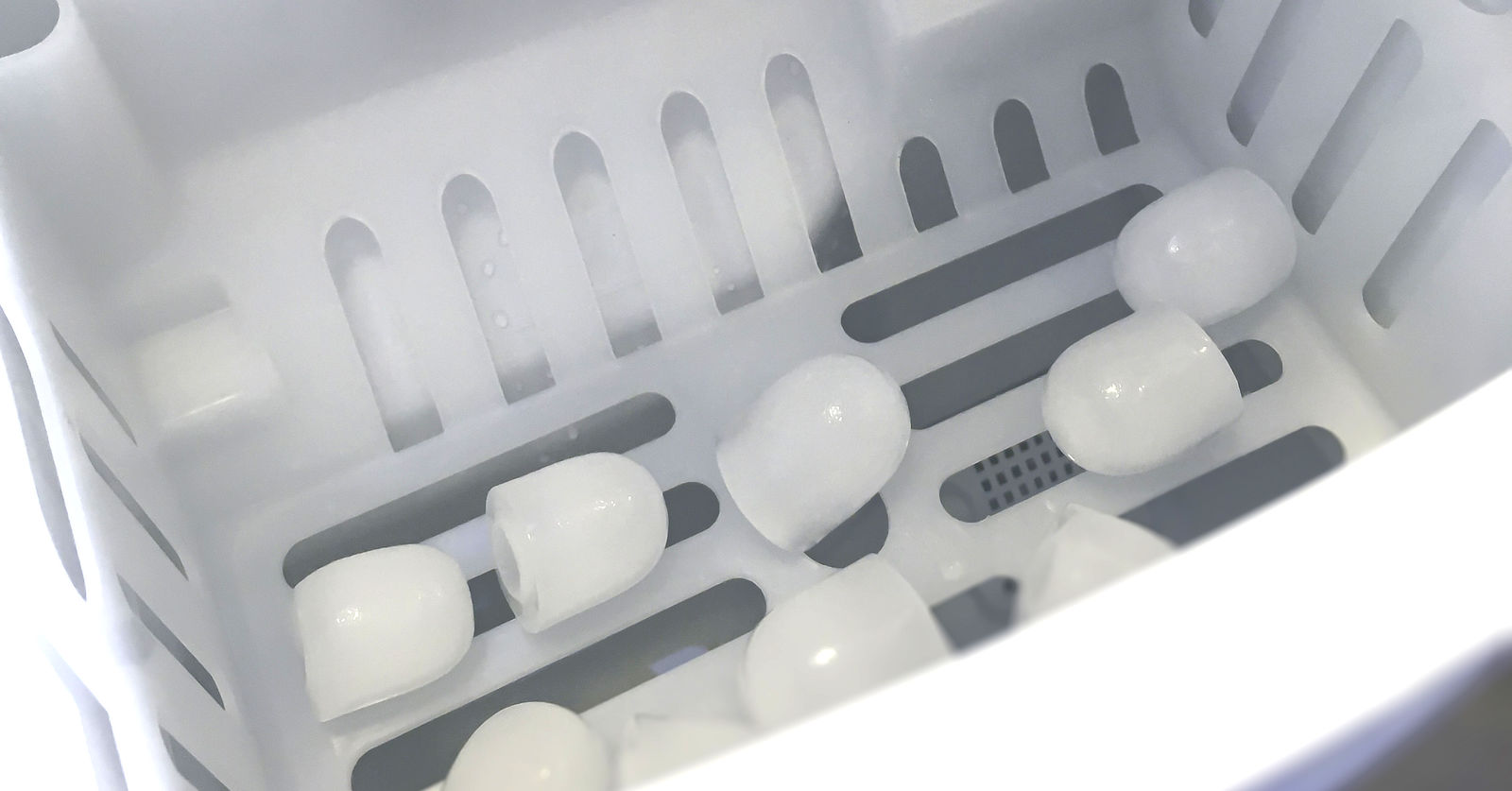
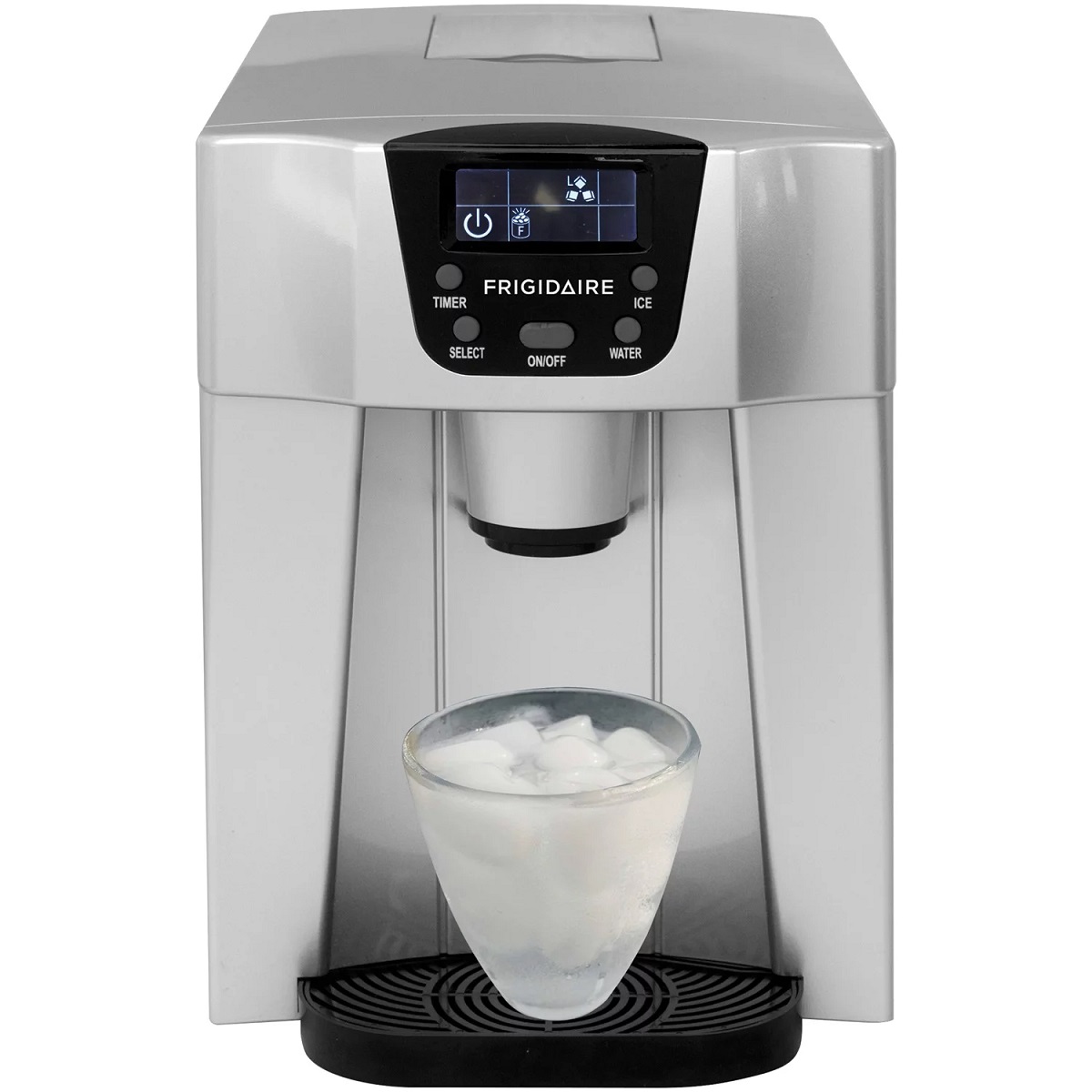
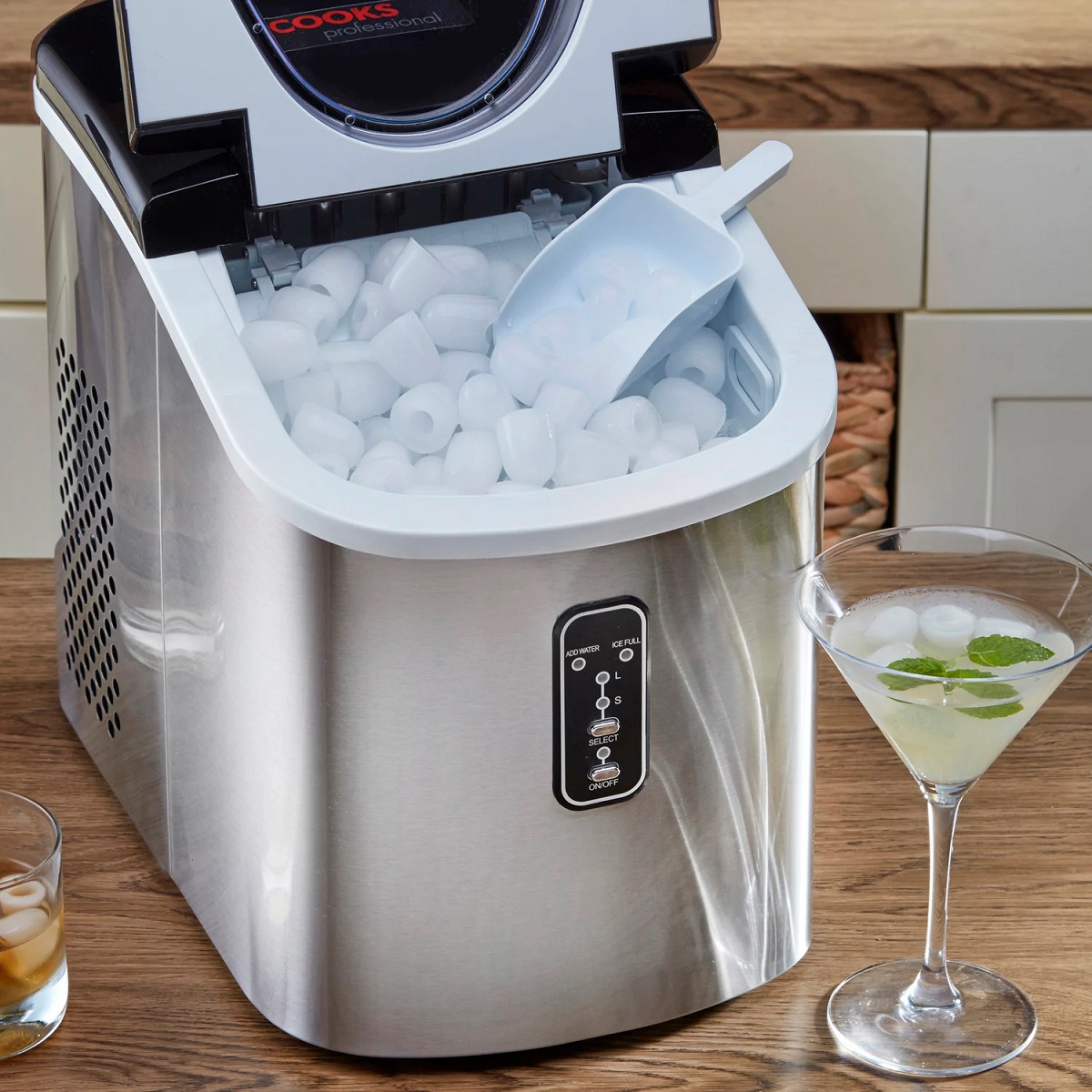
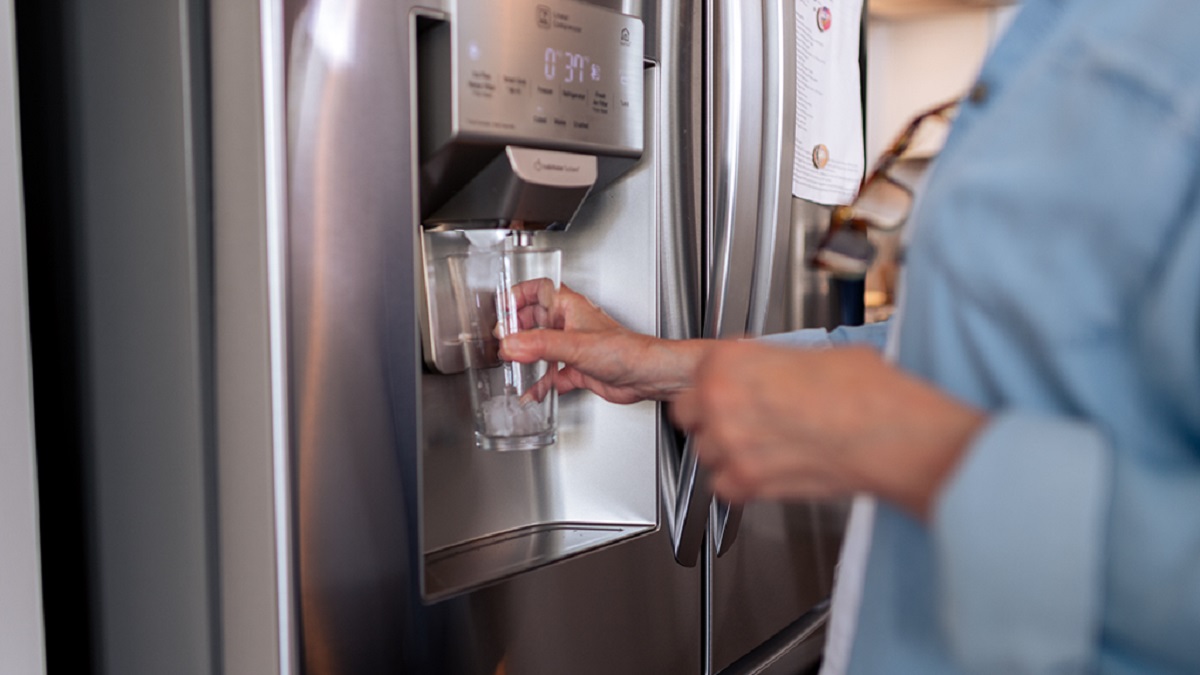
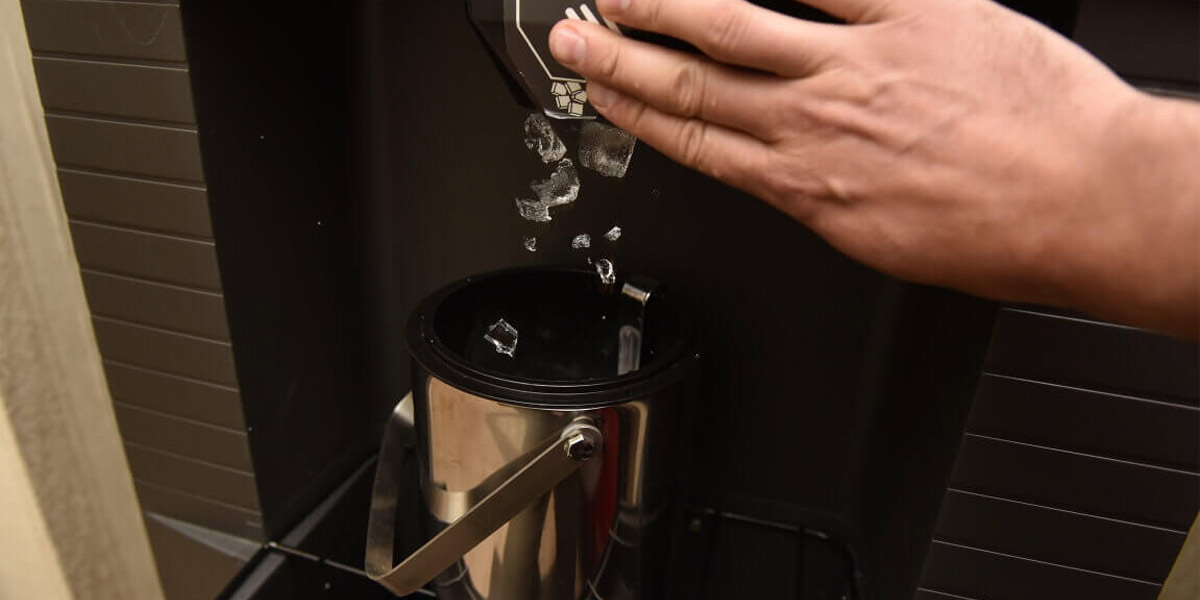
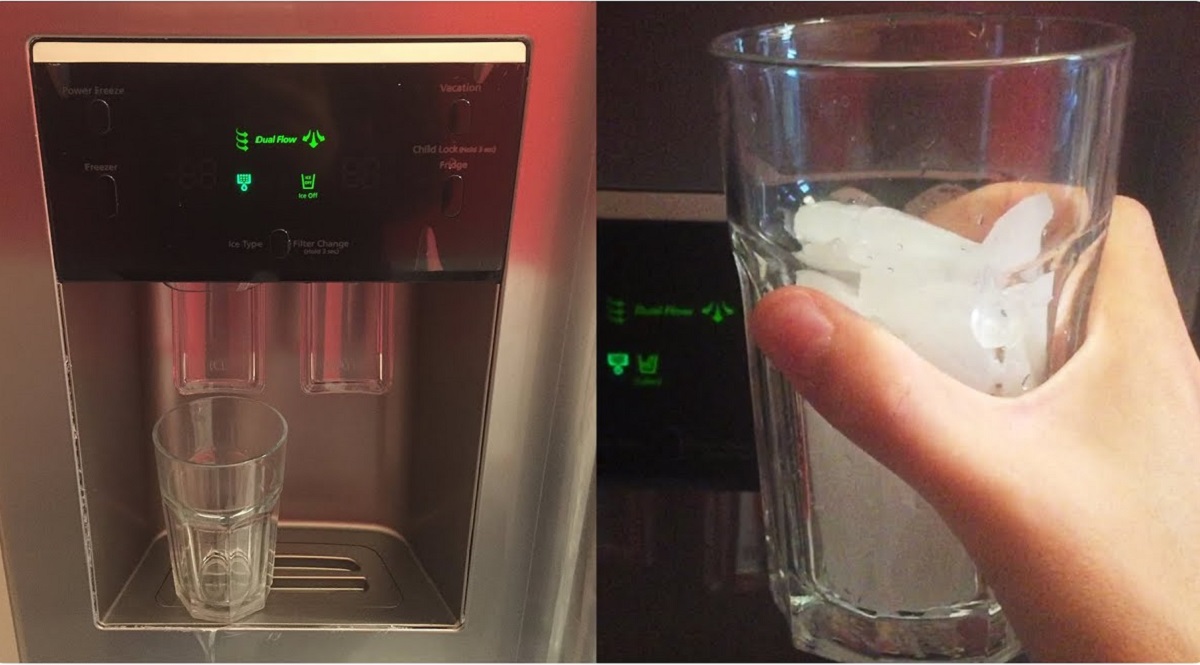
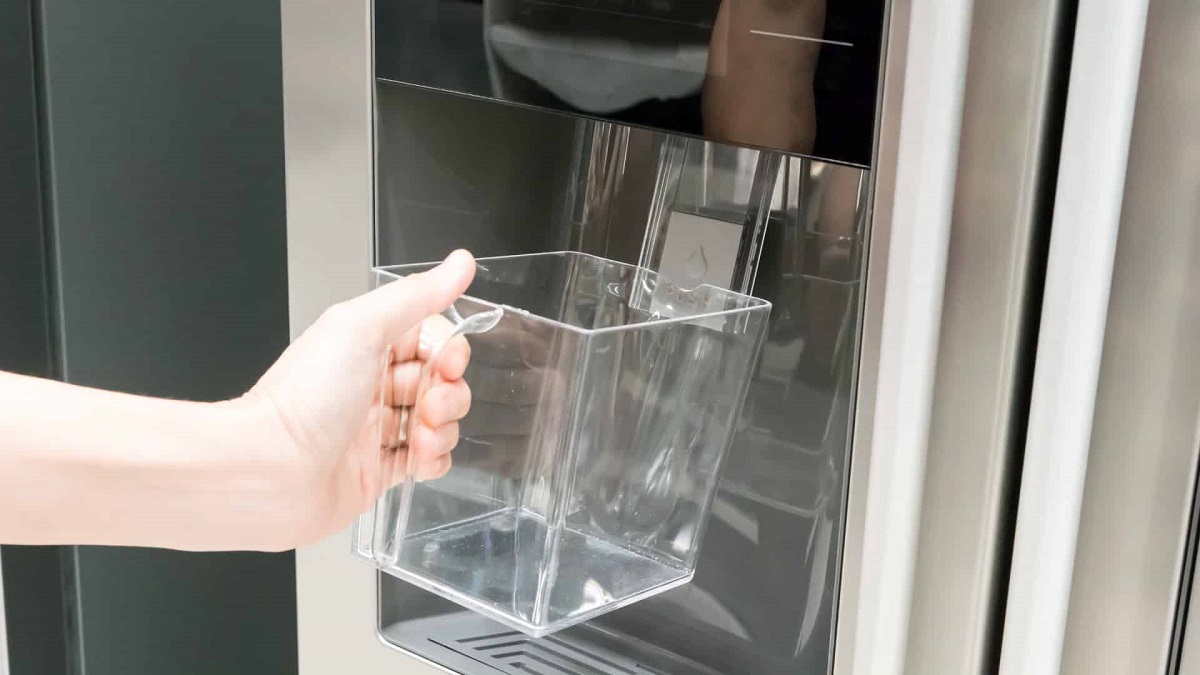
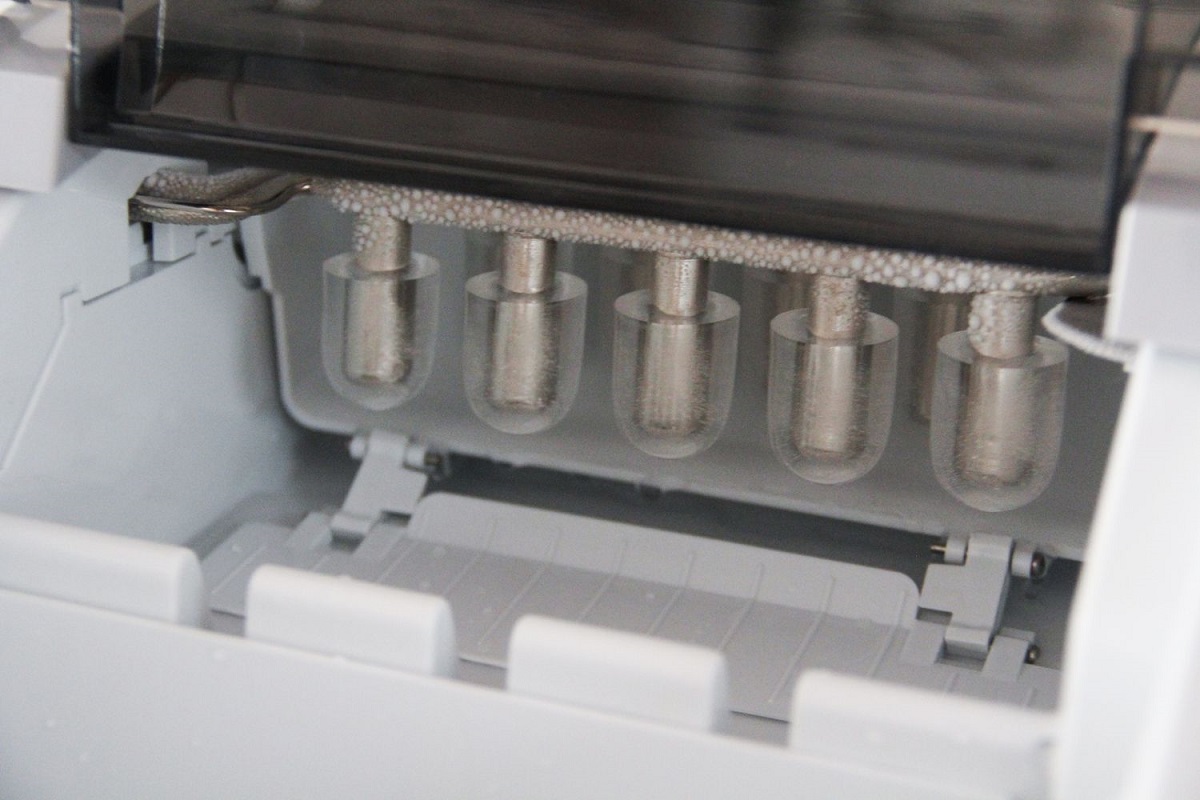
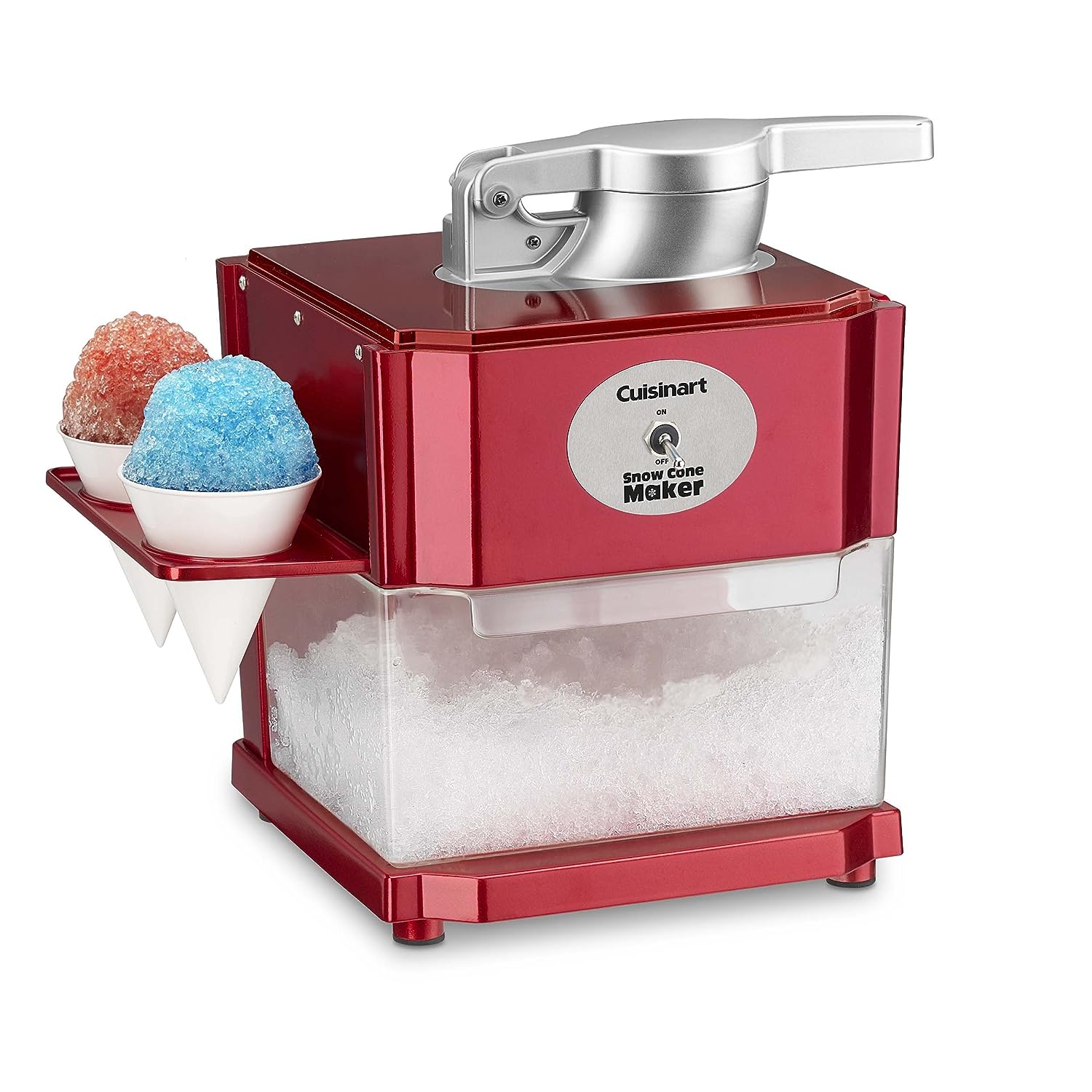
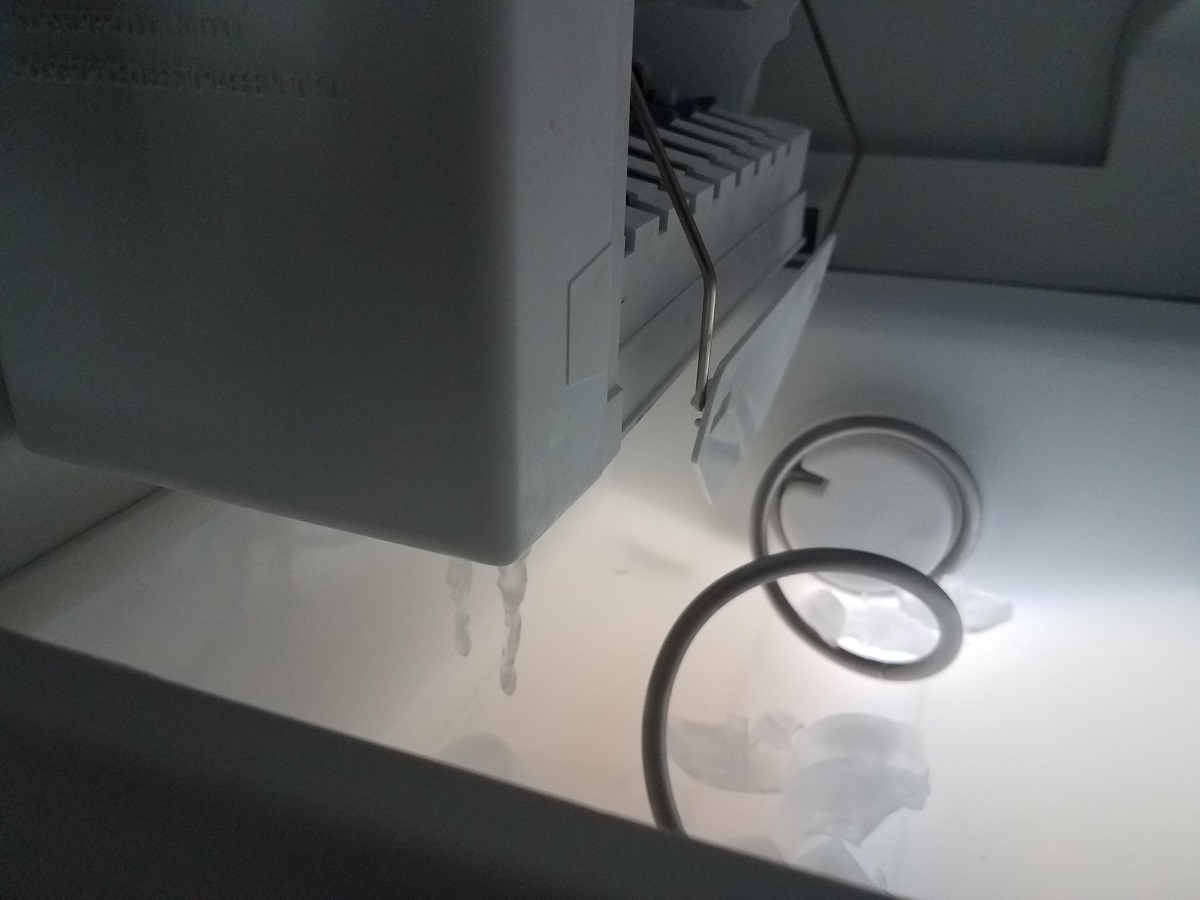
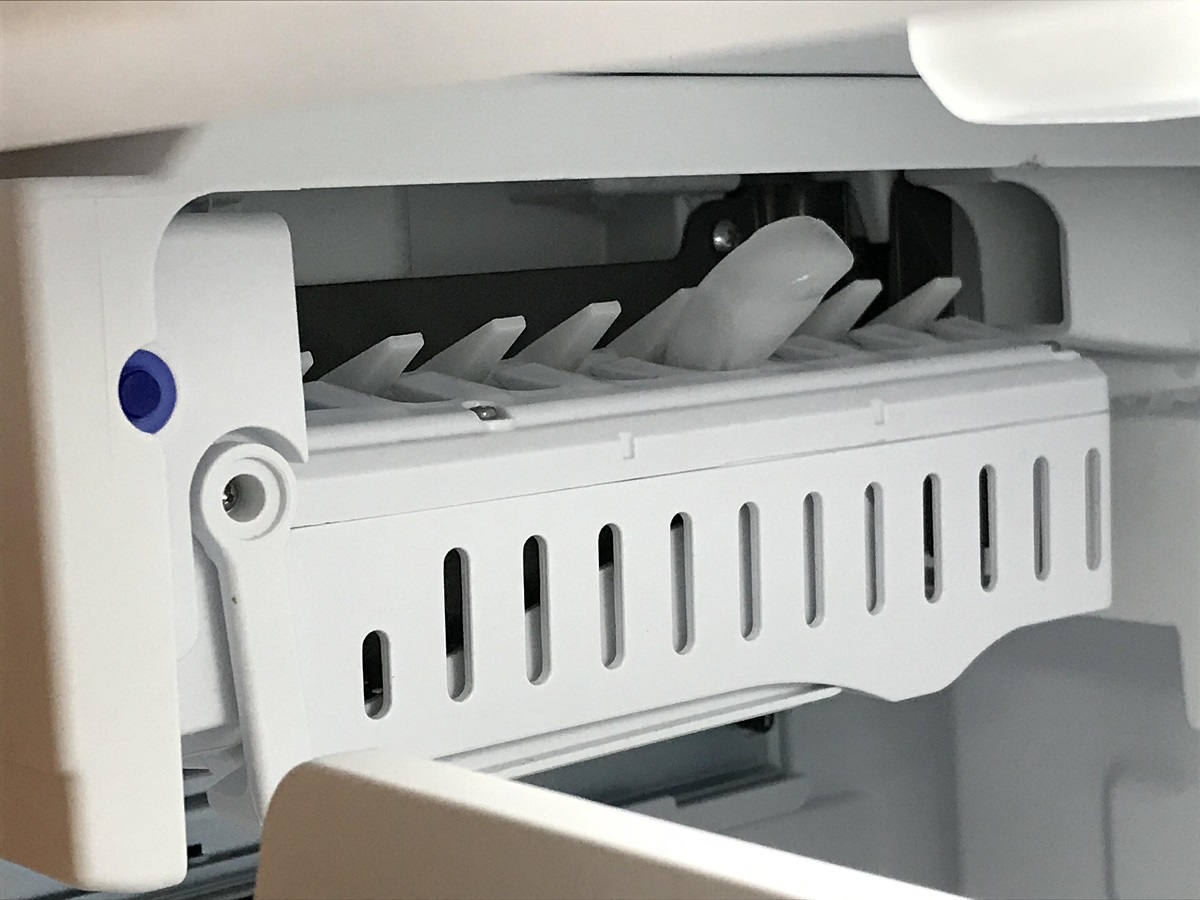
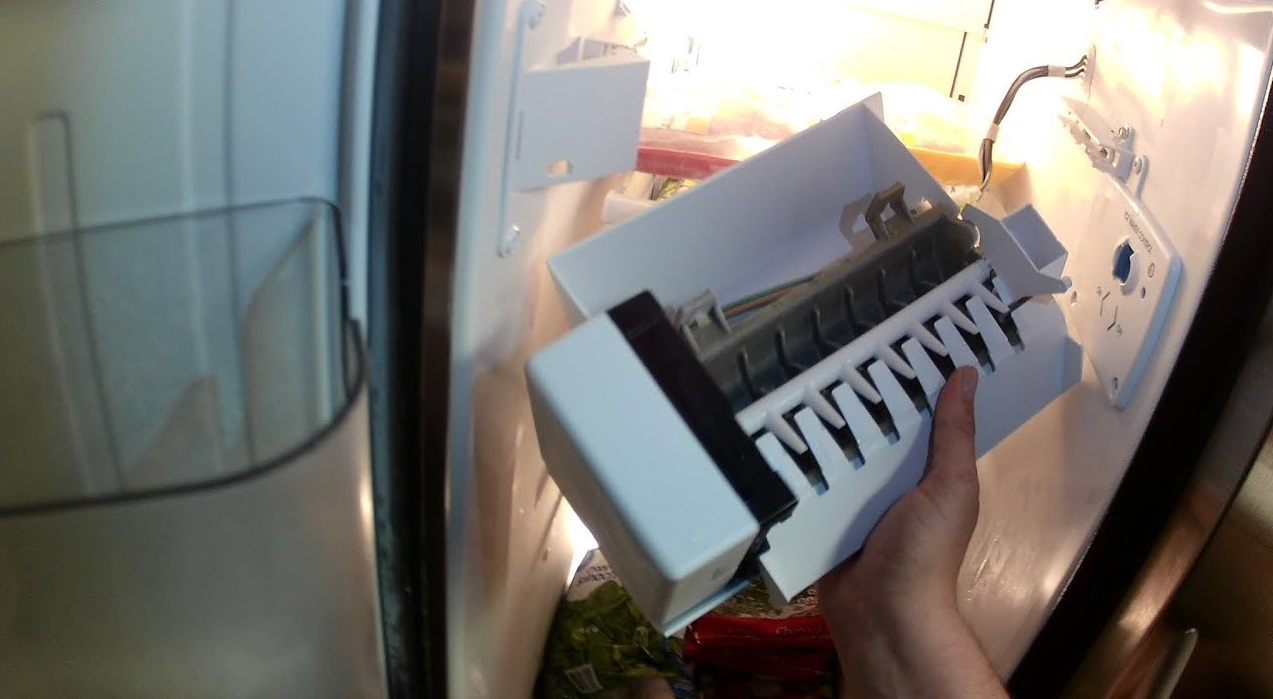
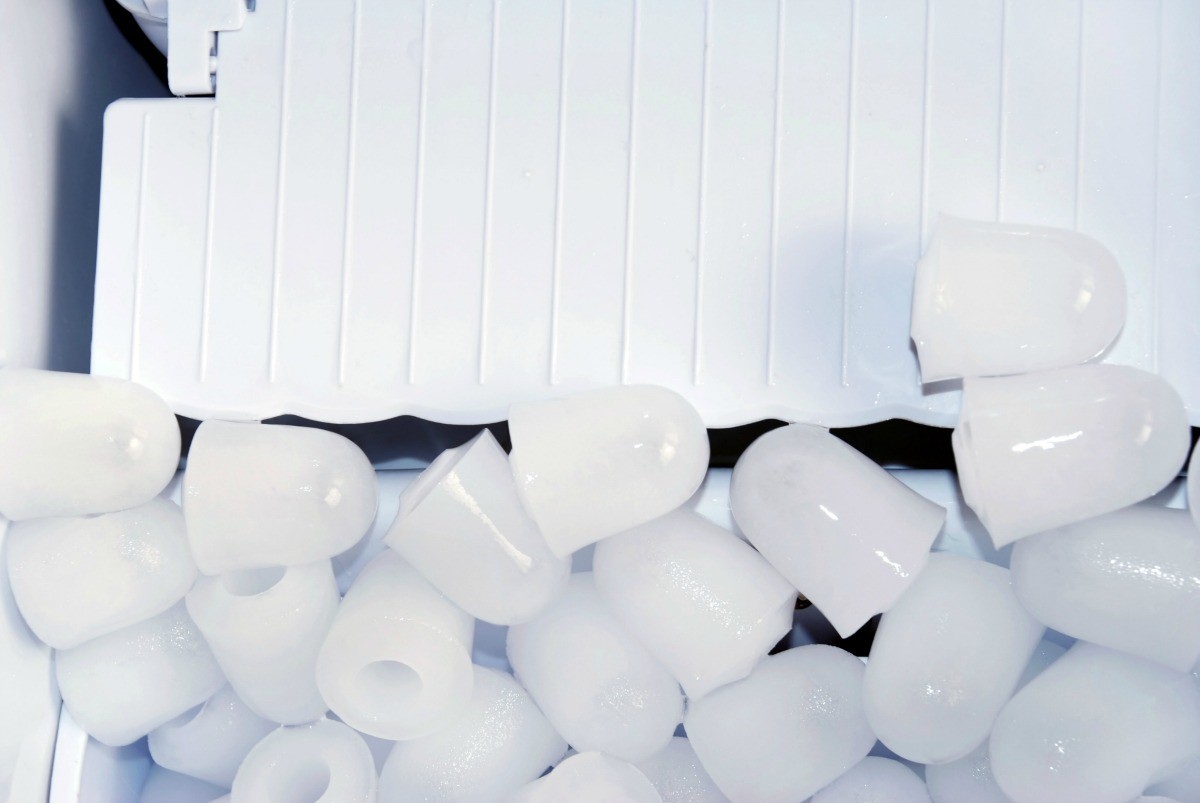

0 thoughts on “Why Is My Ice Maker Only Making Crushed Ice”